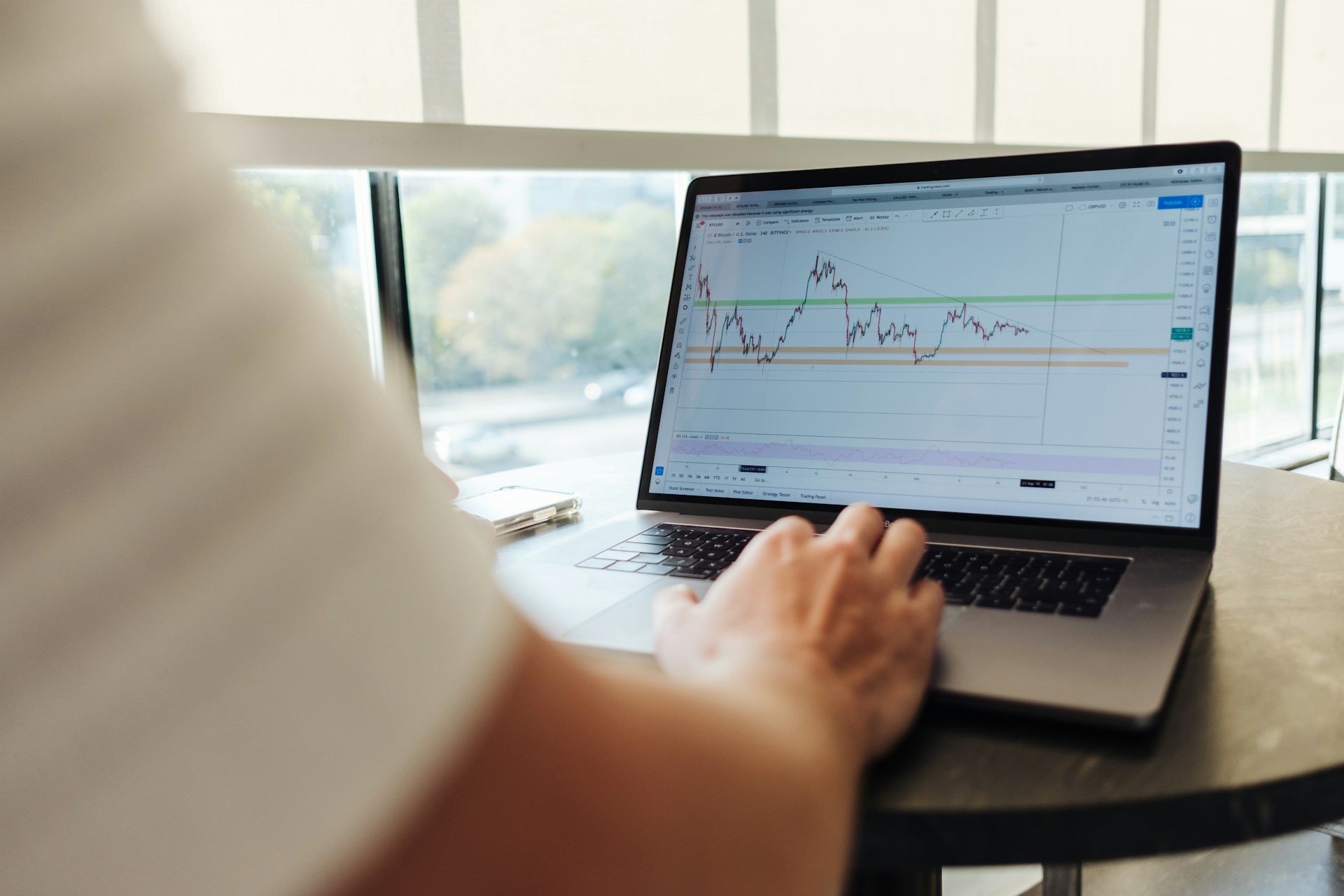Introduction
Technical indicators are essential tools for algorithmic traders looking to optimize their trading strategies. Understanding these indicators, their types, and how to use them effectively can significantly enhance trading outcomes. In this guide, we will delve into the world of technical indicators, exploring their importance, benefits, types, and how to leverage them for algorithmic trading success.
Understanding Technical Indicators
Technical indicators are mathematical calculations based on historical price, volume, or open interest data. These indicators help traders analyze market trends, momentum, volatility, and other key factors affecting asset prices. By interpreting these indicators, traders can make informed decisions about when to enter or exit trades.
Importance of Technical Analysis in Algorithmic Trading
Technical analysis is a crucial aspect of algorithmic trading as it provides traders with actionable insights into market dynamics. By analyzing historical price data using technical indicators, traders can identify patterns, trends, and potential trading opportunities. This data-driven approach helps traders make more objective decisions and reduce emotional biases in trading.
Benefits of Using Technical Indicators
- Identify market trends and reversals
- Confirm trade signals
- Manage risk effectively
- Improve trade timing
Types of Technical Indicators
Technical indicators can be broadly classified into three categories: trend indicators, oscillators, and volume indicators.
Trend Indicators
Moving Average
The moving average is a popular trend-following indicator that smooths out price data to identify the direction of the trend. Traders use moving averages to filter out noise and determine the overall market trend.
Average Directional Index (ADX)
The ADX measures the strength of a trend and helps traders determine whether a trend is strong or weak. A high ADX reading indicates a strong trend, while a low reading suggests a weak trend.
Parabolic SAR
The Parabolic SAR indicator helps traders identify potential trend reversals. It provides entry and exit signals based on price momentum and direction.
Oscillators
Relative Strength Index (RSI)
The RSI compares the magnitude of recent gains and losses to determine overbought or oversold conditions. Traders use the RSI to identify potential reversal points in the market.
Stochastic Oscillator
The Stochastic Oscillator measures the momentum of price movements. It helps traders identify overbought and oversold conditions, signaling potential trend reversals.
MACD (Moving Average Convergence Divergence)
The MACD is a trend-following momentum indicator that shows the relationship between two moving averages of an asset’s price. Traders use the MACD to generate buy and sell signals based on crossovers and divergences.
Volume Indicators
On-Balance Volume (OBV)
OBV is a volume-based indicator that helps traders assess buying and selling pressure in the market. It measures the cumulative volume flow of an asset to determine the trend’s strength.
Chaikin Money Flow
The Chaikin Money Flow indicator combines price and volume data to measure buying and selling pressure. It helps traders identify potential trend reversals based on volume analysis.
Accumulation/Distribution Line
The Accumulation/Distribution Line shows the flow of money into or out of an asset. It helps traders confirm trends and anticipate potential price movements.
How to Use Technical Indicators
Using technical indicators effectively requires setting up these tools on trading platforms, combining multiple indicators for confirmation, and backtesting indicator strategies.
Setting Up Technical Indicators on Trading Platforms
- Customize Indicator Parameters: Adjust indicator settings to match your trading style and preferences.
- Choose Appropriate Timeframes: Select timeframes that align with your trading strategy and goals.
- Interpret Indicator Signals: Understand how to interpret indicator signals to make informed trading decisions.
Combining Multiple Indicators for Confirmation
- Avoid Conflicting Signals: Use indicators that complement each other to avoid conflicting signals.
- Understand Cross-Validation: Confirm trading signals using multiple indicators for higher accuracy.
- Weight Indicators Based on Importance: Prioritize indicators based on their significance in your trading strategy.
Backtesting and Optimizing Indicator Strategies
- Use Historical Data for Performance Analysis: Test indicator strategies using historical data to assess their effectiveness.
- Tweak Parameters for Maximum Effectiveness: Fine-tune indicator settings to optimize performance and maximize profitability.
- Establish Risk Management Parameters: Implement risk management strategies to protect capital and minimize losses.
Common Pitfalls to Avoid
Algorithmic traders should be aware of common pitfalls when using technical indicators to avoid costly mistakes and improve trading outcomes.
Over-Reliance on Indicators
- Avoid Analysis Paralysis: Don’t get overwhelmed by multiple indicators. Focus on key indicators that align with your trading strategy.
- Understand Limitations of Indicators: Acknowledge that indicators have limitations and may not provide foolproof predictions.
- Use Indicators in Conjunction with Fundamental Analysis: Combine technical indicators with fundamental analysis for a comprehensive trading strategy.
Ignoring Market Context
- Consider Macro Forces: Factor macroeconomic influences into your trading decisions for a broader market perspective.
- Adapt to Changing Market Conditions: Adjust trading strategies based on evolving market trends and conditions.
- Avoid Blindly Following Indicators: Use indicators as tools for decision-making, but consider other factors influencing asset prices.
Failing to Maintain Objectivity
- Stick to Pre-Defined Trading Plans: Follow predefined trading rules and strategies to avoid emotional decision-making.
- Emphasize Discipline in Trading: Maintain discipline in your trading approach to achieve consistent results.
- Learn from Mistakes: Analyze past trades, learn from mistakes, and continually improve trading strategies.
Conclusion
In conclusion, technical indicators are indispensable tools for algorithmic traders seeking to enhance their trading strategies. By understanding the various types of indicators, how to use them effectively, and common pitfalls to avoid, traders can optimize their trading outcomes and achieve success in the financial markets. Continuous learning, adaptability, and flexibility are crucial for evolving as a trader and staying ahead in a dynamic market environment.

No Responses